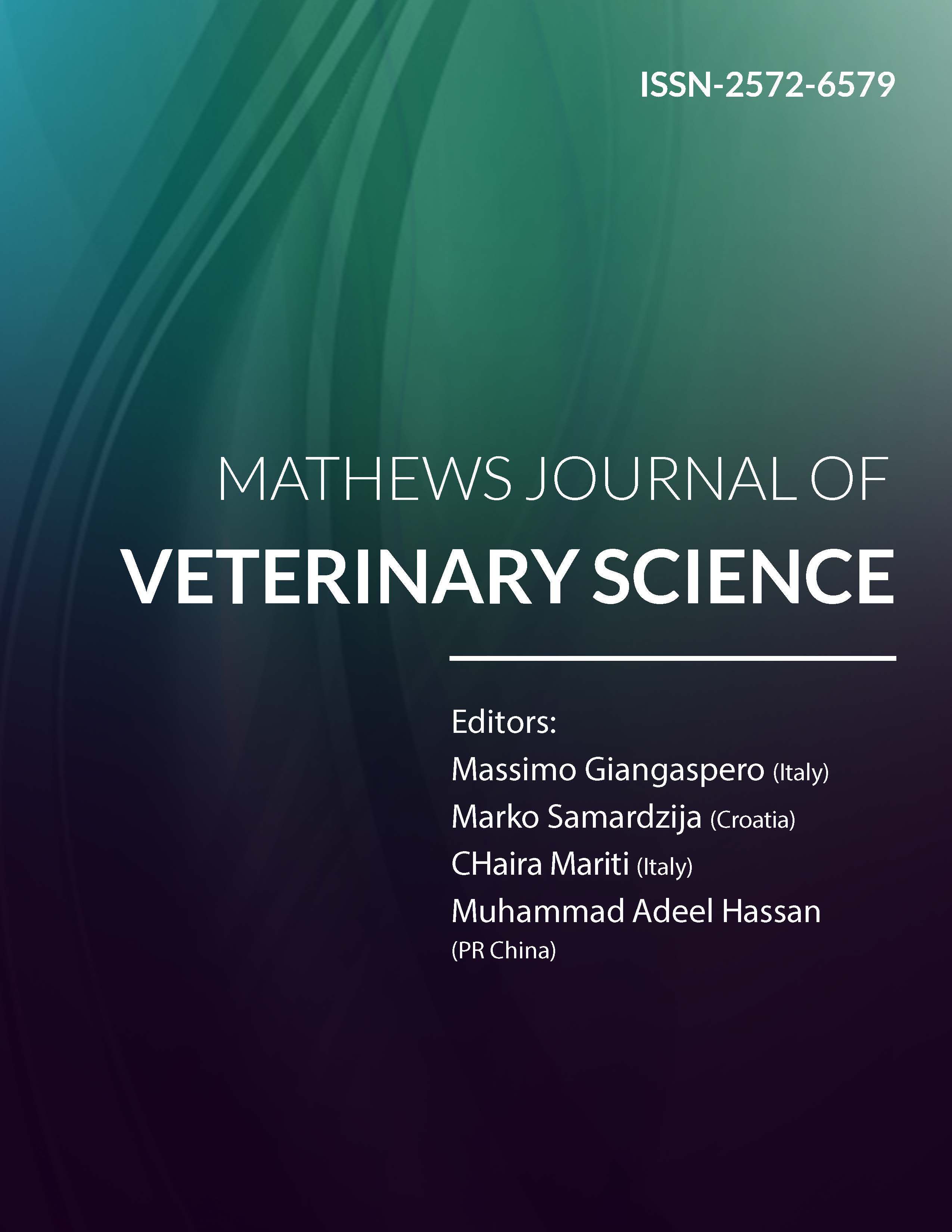
Information Links
Previous Issues Volume 7, Issue 4 - 2023
Progressive Cutaneous Angiomatosis in a Persian Cat: Case Report
Daniela de Alcantara Leite dos Reis1, André Rinaldi Fukushima2,3,4*, Simone Rodrigues Ambrosio1, Priscyla Taboada Dias da Silva1,5, Mariane Borges da Silva1, Larissa da Silva Costa1, Rodrigo Casemiro Pinto Monteiro1,6, Jordana Casemiro Pinto Monteiro1,6
1Médica Veterinária, Brazil
2Universidade de São Paulo Faculdade de Medicina Veterinária e Zootecnia, Brazil
3Centro Universitário das Américas–FAM, Brazil
4Faculdade de Ciências da Saúde–IGESP, Brazil
5Histopet, Brazil
6Universidade São Judas Tadeu-USJT, Brazil
*Corresponding author: André Rinaldi Fukushima, School of Veterinary Medicine and Animal Science, University of São Paulo, São Paulo, Brazil, Tel: (11) 98133-7311, ORCID: 0000-0001-6026-3054; E-mail: [email protected].
Received Date: October 12, 2023
Published Date: November 02, 2023
Citation: Reis DDALD, et al. (2023). Progressive Cutaneous Angiomatosis in a Persian Cat: Case Report. Mathews J Vet Sci. 7(4):27.
Copyrights: Reis DDALD, et al. © (2023).
ABSTRACT
Angiomatosis is a vascular disorder characterized by proliferative granulation tissue formation, with the growth of angioblastic cells surpassing that of fibroblasts, resulting in inflammatory connective tissue with a tendency for spontaneous bleeding. It is a rare pathology in veterinary medicine, and its pathogenesis remains poorly understood. Therefore, the objective of this study is to report a case of angiomatosis where the diagnostic confirmation was achieved through histopathological examination. A female Persian cat, one year old, was presented with lameness, marked edema, and active bleeding in the distal region of the left thoracic limb, with symptoms persisting for several months. Physical examination revealed ulcerated skin lesions with bloody crusts, areas of hyperpigmentation, and extensive hematomas. An incisional biopsy was performed, and the samples were sent for histopathological examination. Microscopic evaluation revealed a low-grade vascular proliferation involving the superficial, perianexial, and deep dermis. The cells exhibited oval nuclei with mild anisocaryosis, stippled chromatin, and an absence of mitotic figures, consistent with the morphological appearance of progressive cutaneous angiomatosis. Treatment involved limb amputation since the patient had previously been treated unsuccessfully with corticosteroid anti-inflammatories and antibiotics. In conclusion, due to the rarity of this disease in the veterinary field, only histopathological analysis can lead to an accurate diagnosis. The treatment employed in this case was deemed satisfactory, with no disease recurrence in the patient thus far.
Keywords: Progressive Angiomatosis, Skin, Endothelium.